Changgyeonggung Palace
In Seoul South Korea
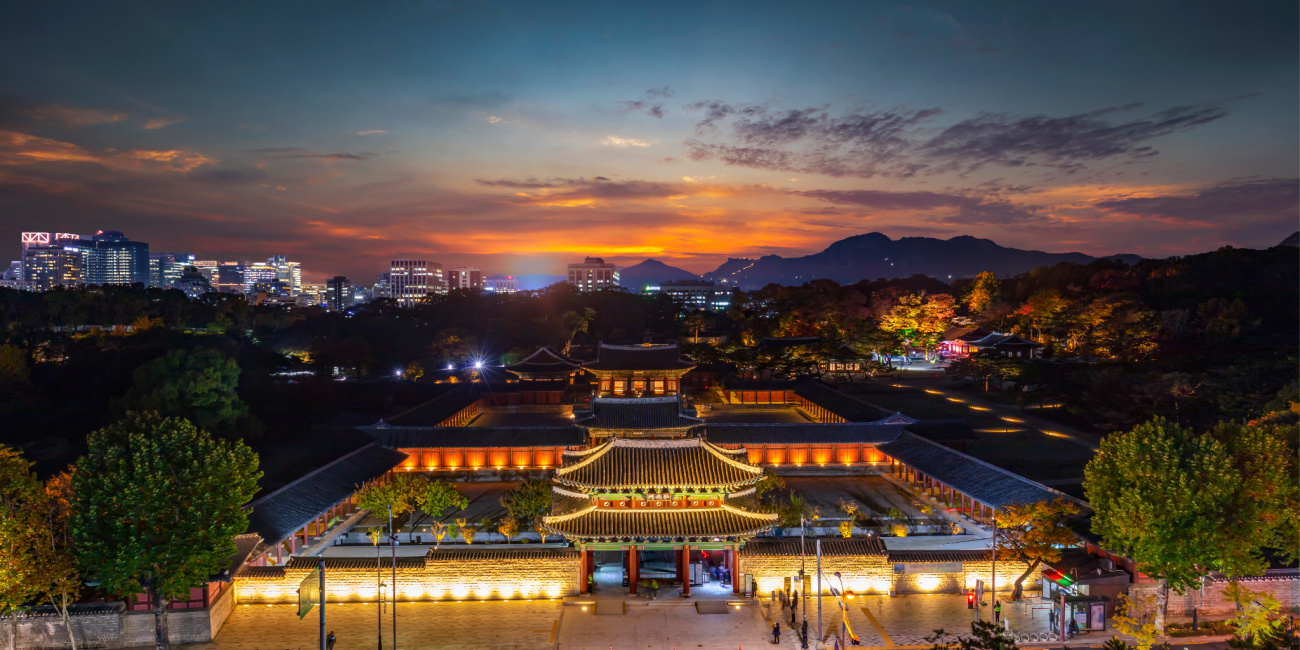 Colorful evening sight of Changgyeonggung Palace
Colorful evening sight of Changgyeonggung PalaceIntroduction
Changgyeonggung Palace in Seoul, Korea, is one of the grandest palaces in the country. It was originally built during the Joseon Dynasty and served as a summer home for the royal family.
The palace includes numerous pavilions, gates, halls, and gardens that provide visitors with plenty to explore. Unfortunately, much of Changgyeonggung Palace was destroyed over time due to fires and invasions.
However, it was restored in 1983 with the help of UNESCO, and visitors can now enjoy its magnificent architecture and scenery.
There are also many cultural festivals that take place within the palace grounds each year, giving visitors an even more immersive experience of Korean culture. Changgyeonggung Palace is a great way to learn more about Korea's rich history and culture while also taking in the breathtaking sights of this spectacular palace.
The palace is a great way to experience traditional Korean culture, as it features many cultural activities such as performances, workshops, and exhibitions.
Visitors can learn about traditional crafts like calligraphy or pottery, join guided tours of the different halls and pavilions, or simply soak in the atmosphere of this old royal residence.
There are also many artifacts on display, including royal court items from the Joseon Dynasty and architectural elements from the Chinese Ming and Qing Dynasties. Changgyeonggung Palace is a great way to learn about Korea's past while admiring its beauty and grandeur.
In addition to its historical significance, the palace is also home to many interesting events throughout the year. From cultural festivals to traditional ceremonies, these events are a great way to experience Korean culture firsthand.
The Changgyeonggung Palace grounds come alive during special occasions with colorful reenactments of royal court customs and traditional dances. The palace is also home to The National Folk Museum of Korea, where visitors can learn about the history of Korean culture and see displays of artifacts from everyday life.
The gardens at Changgyeonggung Palace are some of the most spectacular in all of Seoul, with an array of flora and fauna that provide a pleasant respite from the hustle and bustle of city life. The pond, pavilions, and rock formations within the grounds create a tranquil atmosphere that encourages visitors to spend time in contemplation.
Changgyeonggung Palace is open daily for guided tours or self-guided exploration. It is also an ideal spot for a picnic or outdoor activities, such as yoga and tai chi. The night view of the palace is especially beautiful, with the buildings illuminated in a soft glow.
Whether you’re interested in Korean culture or just looking for a peaceful place to spend an afternoon, Changgyeonggung Palace should not be missed.
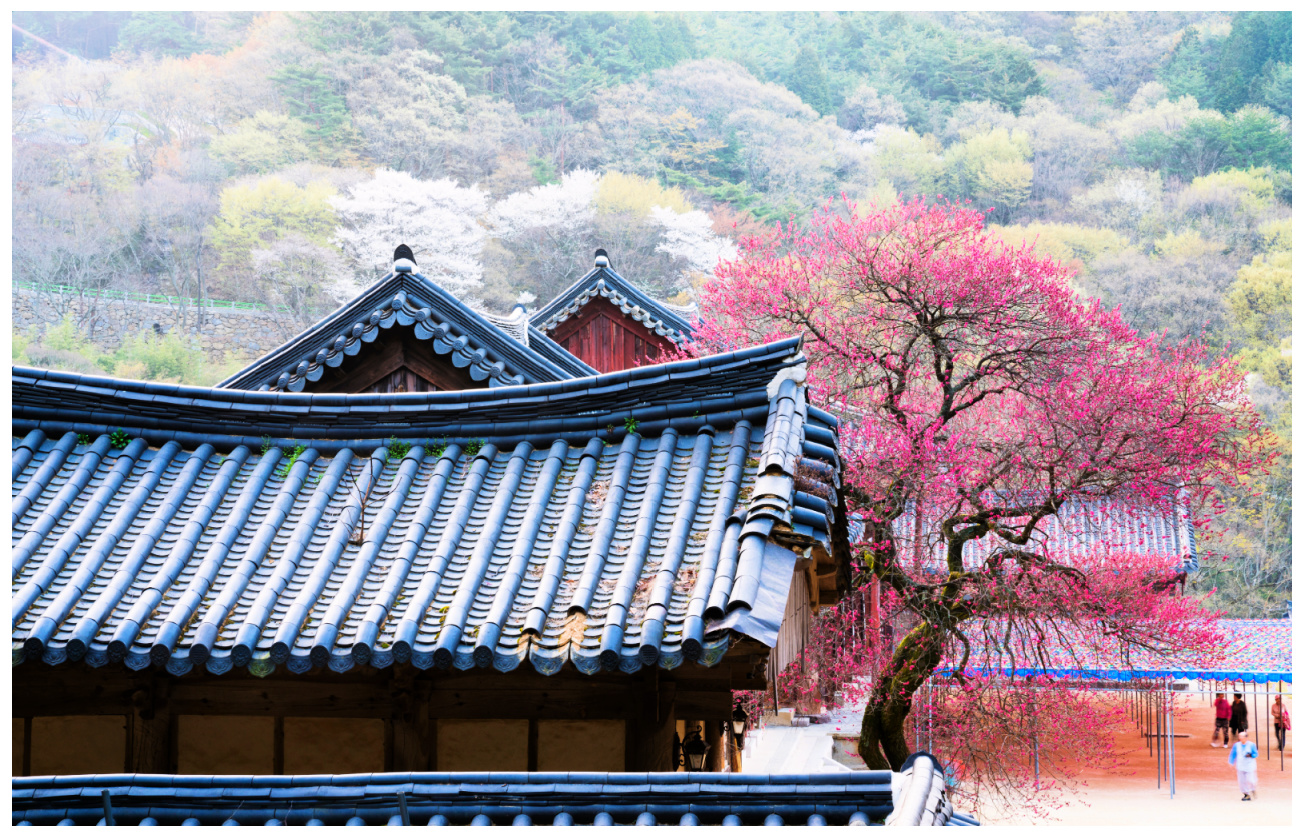 Spring flowers at Changgyeonggung Palace.
Every spring, Changgyeonggung Palace is transformed into a paradise of vibrant colors as hundreds of different types of flowers bloom across its grounds. From bright pink cherry blossoms to fragrant yellow forsythia, visitors can enjoy the beauty of nature in full bloom. With its beautiful gardens and tranquil atmosphere, Changgyeonggung Palace is a perfect spot for those who want to enjoy the wonders of spring. Whether you're interested in taking pictures or just admiring the scenery, this royal palace will provide an unforgettable experience that will last all season.
Spring flowers at Changgyeonggung Palace.
Every spring, Changgyeonggung Palace is transformed into a paradise of vibrant colors as hundreds of different types of flowers bloom across its grounds. From bright pink cherry blossoms to fragrant yellow forsythia, visitors can enjoy the beauty of nature in full bloom. With its beautiful gardens and tranquil atmosphere, Changgyeonggung Palace is a perfect spot for those who want to enjoy the wonders of spring. Whether you're interested in taking pictures or just admiring the scenery, this royal palace will provide an unforgettable experience that will last all season.Changgyeonggung Palace
Changgyeonggung Palace is one of the four grand palaces located in Seoul, South Korea. It is one of the best attractions in the capital city and can be reached easily anywhere you stay in Seoul.
Changgyeonggung Palace was initially constructed as Suganggung Palace by King Sejong (1418-1450), the Joseon Dynasty's fourth ruler.
However, it was expanded by King Seongjong (1469-1494) and renamed as Changgyeonggung Palace. The palace is renowned for its scenic beauty, housing many beautiful gardens, pavilions, trees, flowers and ponds. It also houses two impressive buildings: Okcheongyo Bridge and Juhamnu Pavilion.
Visitors can explore the palace grounds and get a glimpse of traditional Korean lifestyle. In addition, there are many cultural performances held at the palace to further showcase the culture and heritage of Korea.
Changgyeonggung Palace is also one of Seoul's most popular tourist attractions as it provides an insight into Korean history and culture. To this day, visitors can appreciate the beauty and grandeur of Changgyeonggung Palace, a testament to Korea's rich cultural history.
After its expansion in 1483, the palace was further changed under King Jungjong (1506-1544). He added various buildings such as Myeongjeongjeon Hall which served as the throne hall and Okcheongyo Bridge, which connected Myeongjeongjeon Hall with Juhamnu Pavilion.
The bridge was decorated with colorful dragon-shaped balustrades to create a unique atmosphere. Juhamnu Pavilion served as the king’s rest stop and a place of relaxation for his family.
In addition, the palace also has a royal library and several garden pavilions. Visitors can take in the grandeur of these majestic structures and appreciate their beauty. The nearby gardens are home to a variety of plants that provide a tranquil atmosphere for visitors.
Changgyeonggung Palace is truly an unforgettable experience, one that will stay with you forever.
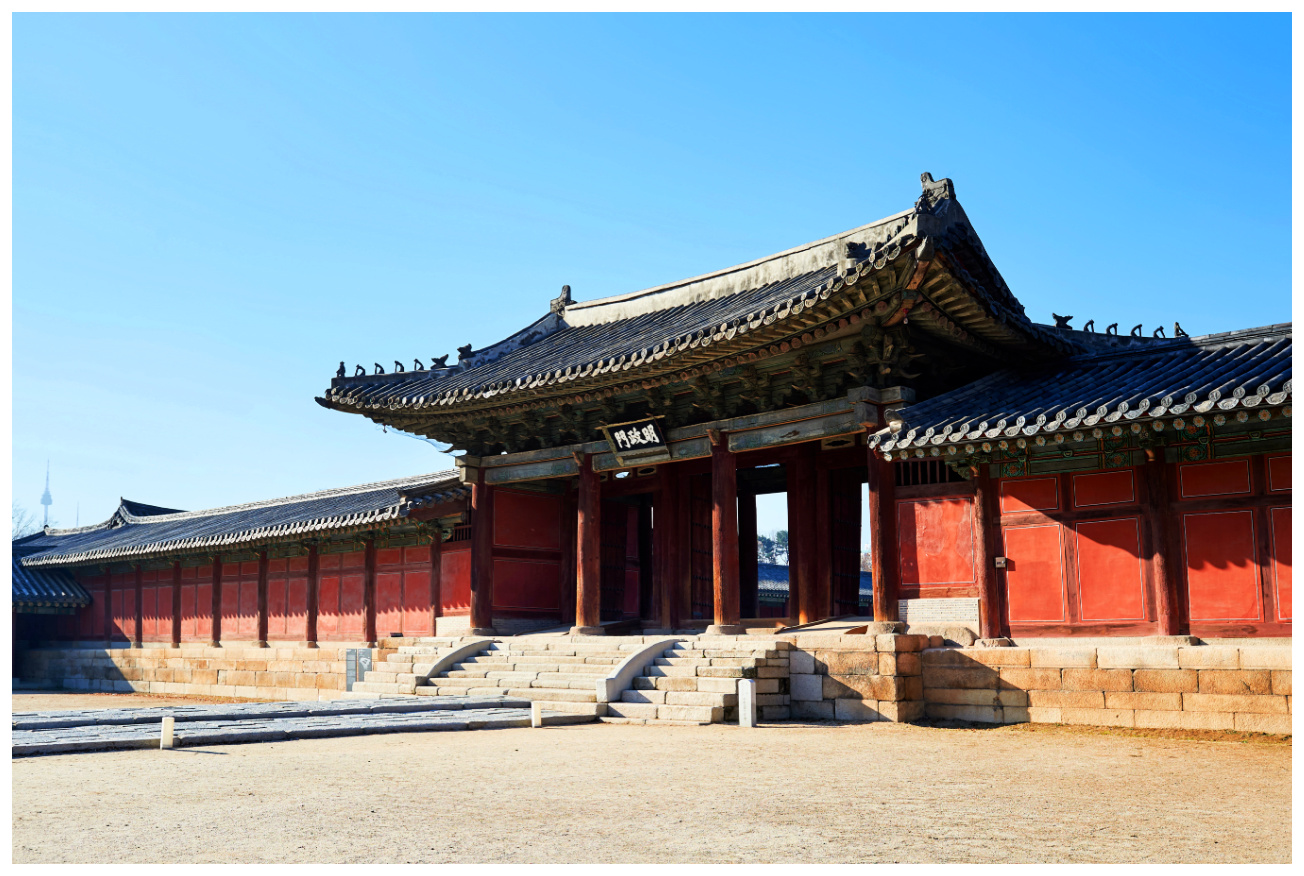 Changgyeonggung Palace Yard
Changgyeonggung Palace YardFACT: Changgyeonggung Palace was a designated historic site (number 123) on January 18, 1963.
The palace served as the retirement palace for Sejong's father, King
Taejong. It also served as the quarters for queens and concubines of the
king.
During the reign of King Seongjong (1469-1494), the palace was renovated and given its new name Changgyeonggung Palace.
During
the Japanese occupation early in the 20th century, Changgyeonggung was
turned into a park with a zoo and a botanical garden.
Returning to its original function as a palace did come until the restoration was completed in 1983.
Changgyeonggung Palace Structures
Inside the renovated and now famous Changgyeonggung Palace, you will see and enjoy lots of structures and spaces inside.
Honghwa Gate
It is the main entrance gate of Changgyeonggung where visitors can enter. Passing this gate will lead you to the Okcheongyo Bridge.
Okcheonggyeo Bridge is an arch bridge made of granite stones over a pond or stream, which is common in most Joseon Dynasty palaces.
Crossing over the bridge, you will pass through the Myeongjeongmun Gate, and inside it, you will find Myeongjeongjeon (a hall). This hall is the Joseon king's office and the oldest one among the dynasty's palace offices.
One feature you should know is that all the houses face southwards except Myeongjeongjeon, which faces East.
As required by Confucian belief and practice (the common religion during the Joseon period), gates must not face the South because the royal family's ancestral shrine is located in the South.
Status Stones
At the central yard of the palace, you can see stones with carved names on them with the status of the official. Each official sits in front of each stone during special ceremonies or events facing the king facing towards them.
Sungmundang
It is a building located behind the Myeongjeongjeong on its upper left side. This building is nicely built on the slope of the mountain.
Tongmyeongjeon
Tongmyeongjeon was created especially for the queen. It is the largest structure in the whole palace area. One of its remarkable features is the delicate details you can observe in all parts and corners of the building.
Walking up the stone steps passing the Tongmyeongjeon, you will find the Jagyeongjeon. On Jageyongjeon's Southeast direction, you will see the Punggidae, an instrument for measuring the wind's speed and direction.
Going towards the North, you will find Chundangji, a massive pond in the palace. It is said that half of the pond was used by the king as a rice field. When the Japanese came, they turned them all into a pond with floating ships.
You should also notice an old botanic garden located above the pond, which still functions as is.
Useful Information
Changgyeonggung Palace is open six days a week except on special holidays and every Monday.
It is open from 9 AM until 9 PM. The last admission time is an hour before the closing time.
You can park in its parking area with over 30 parking spaces only. The parking area is paid space. Around USD2.00 is collected for every two hours and half of that for a 30-minute parking time.
Admission Fees Rates
Please know that admission into this palace is not free. The collection of fees is necessary for the upkeep and maintenance of the palace area and its structures.
You can pay around USD1.00 and a bit of a discount for a group of 10 members for an adult.
Youth and children should pay less than a dollar to enter as well. You may enter for free if you visit wearing a 'hanbok' (Korean traditional clothing).
Restrooms are available, free of charge, in some designated areas within the palace.
If you want a guide with an interpretation service, you need to register in advance. The following are the time schedules for interpretation service and language.
English - 11:00, 16:00
Japanese - 10:00, 14:00
Chinese - 09:30, 15:00
Getting to Changgyeonggung Palace
The best way to get there is by public transport. Driving a car is not advisable due to traffic congestion issues, especially in that part of the city.
By Subway
Take Seoul Subway Line 3 and get off at Anguk Station, then come out from Exit 3. Proceed towards Yulgok-ro (road) for about a kilometer and turn left to Changgyeonggung-ro. Continue walking for about 300 meters to find the palace's entrance gate to your left.
By Bus
Many buses crisscross the palace area. The buses below will ferry you to the stops at Changgyeonggung Palace and Seoul University Hospital Bus Stop.
Bus numbers:
100, 102, 104, 151, 171, 272, 301, 601 710
Airport Bus No. 6011
Good luck, and enjoy your royal visit!
In conclusion, Changgyeonggung Palace is a truly remarkable and historical place to visit. With its interesting cultural artifacts, grand structures, and deep connection to the Joseon Dynasty, it's no wonder why this palace remains a popular destination for tourists from all over the world.
The palace provides an opportunity for visitors to explore a unique piece of Korean history that dates back hundreds of years. Whether you're a history enthusiast or someone who is just looking for an interesting place to visit, Changgyeonggung Palace is sure to offer something special.
So, the next time you're in Seoul, don't miss this amazing destination!
One of the best ways to experience Changgyeonggung Palace is with a guided tour. A knowledgeable guide can give you insight into the history of the palace and provide an in-depth look at its architecture, art, and artifacts.
From the majestic Hall of Great Peace to the small pavilions tucked away in tranquil gardens, there's so much to explore. You'll also have a chance to learn about traditional Korean rituals that were once practiced in the palace.
If you're looking for a unique way to discover the beauty of Changgyeonggung, consider signing up for a traditional Hanbok experience. You'll be dressed in colorful Korean attire and can take pictures outside of the main building or explore various parts of the palace grounds with your guide.
Thanks for reading. Please, visit this site again for more travel information!
- Home
- Seoul Attractions Best
- Changgyeonggung Palace
Get Exciting Activities
Book one of our exciting activities today to experience the thrill of a lifetime! Take advantage of this opportunity and secure your spot in advance.
Hotel Map Guide
Find your affordable, accessible, and comfortable hotel in Seoul at Agoda.Com. See the hotel map below...
Hotel Booking Guide
Find affordable and amazing hotels on Agoda.com using the search box below. Book now to enjoy great discounts and save!
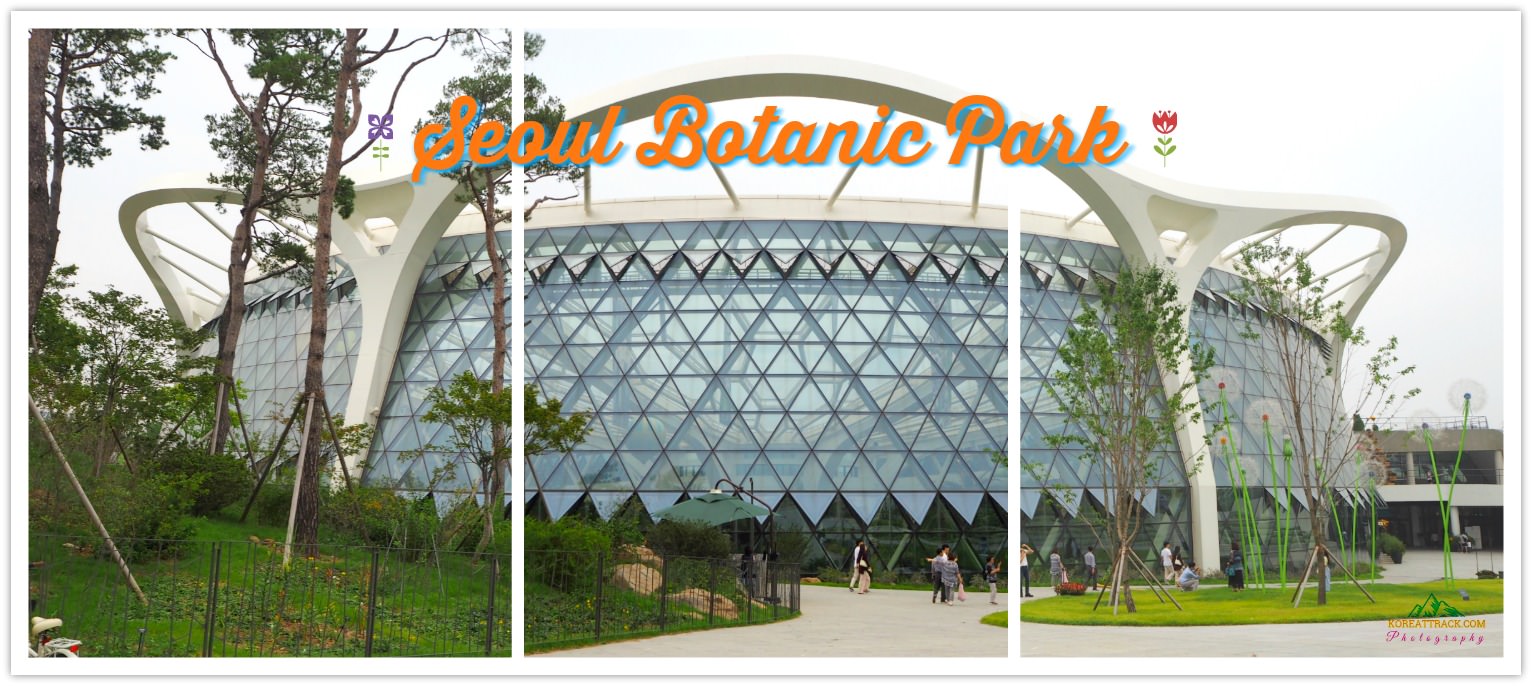
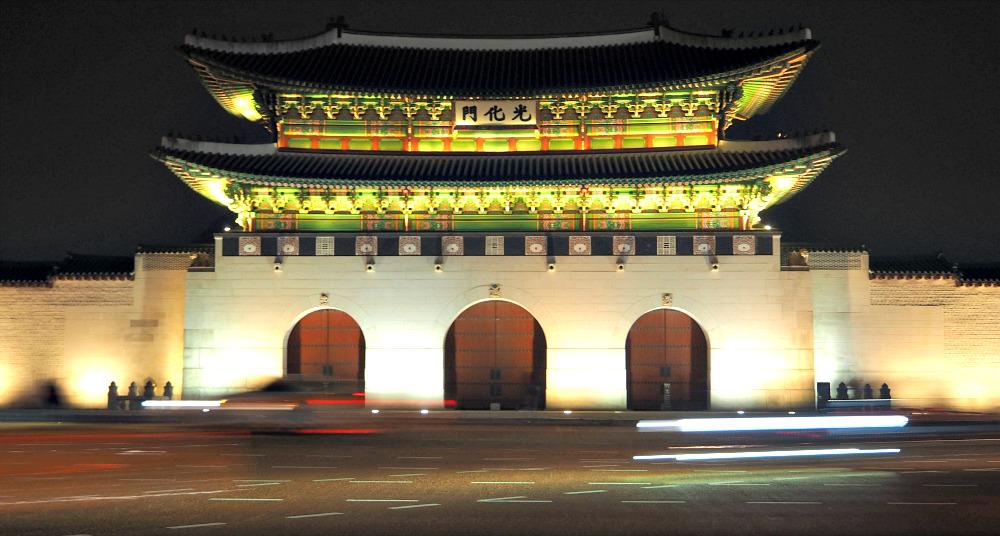

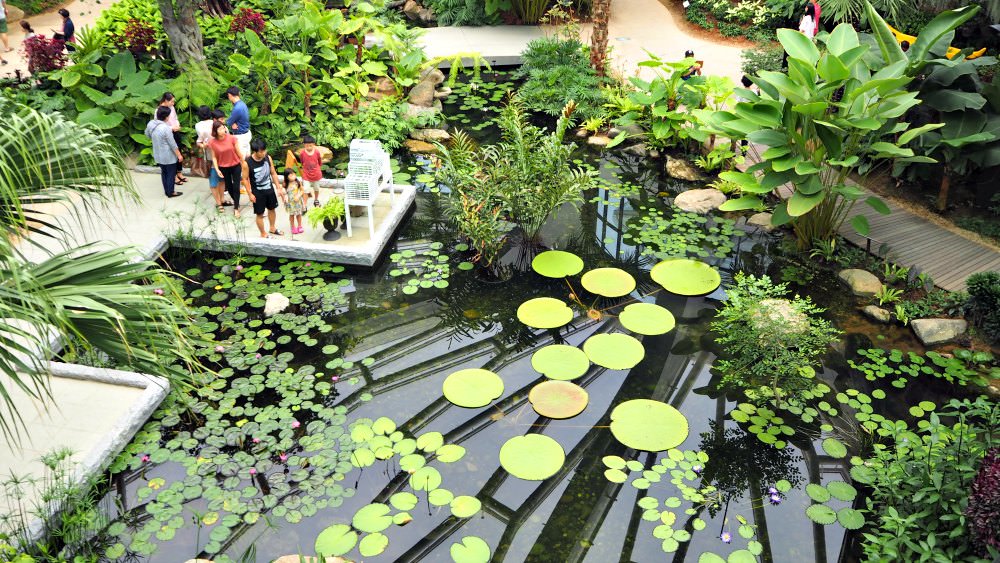




New! Comments
What do you think about this page? Leave me a comment in the box below.